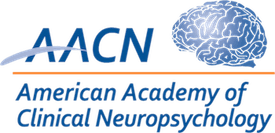Learning Objectives:
- Describe the characteristics of non-syndromic cleft lip and palate.
- Identify the relationship between the anatomy of the brain and cognitive function of people with cleft lip and palate.
Patrícia Soares Baltazar Bodoni, Renata Ferranti Leoni, Arthur Bernardi do Vale, Pedro Henrique Rodrigues da Silva, Silvio Garcia Meira Junior, Antonio Richieri Costa (in memorian) & Maria De Lourdes Merighi Tabaquim (2021). Neuropsychological functioning and its relationship with brain anatomical measures of children and adolescents with non-syndromic cleft lip and palate, Child Neuropsychology, 27:1, 2-16, DOI: 10.1080/09297049.2020.1776240
